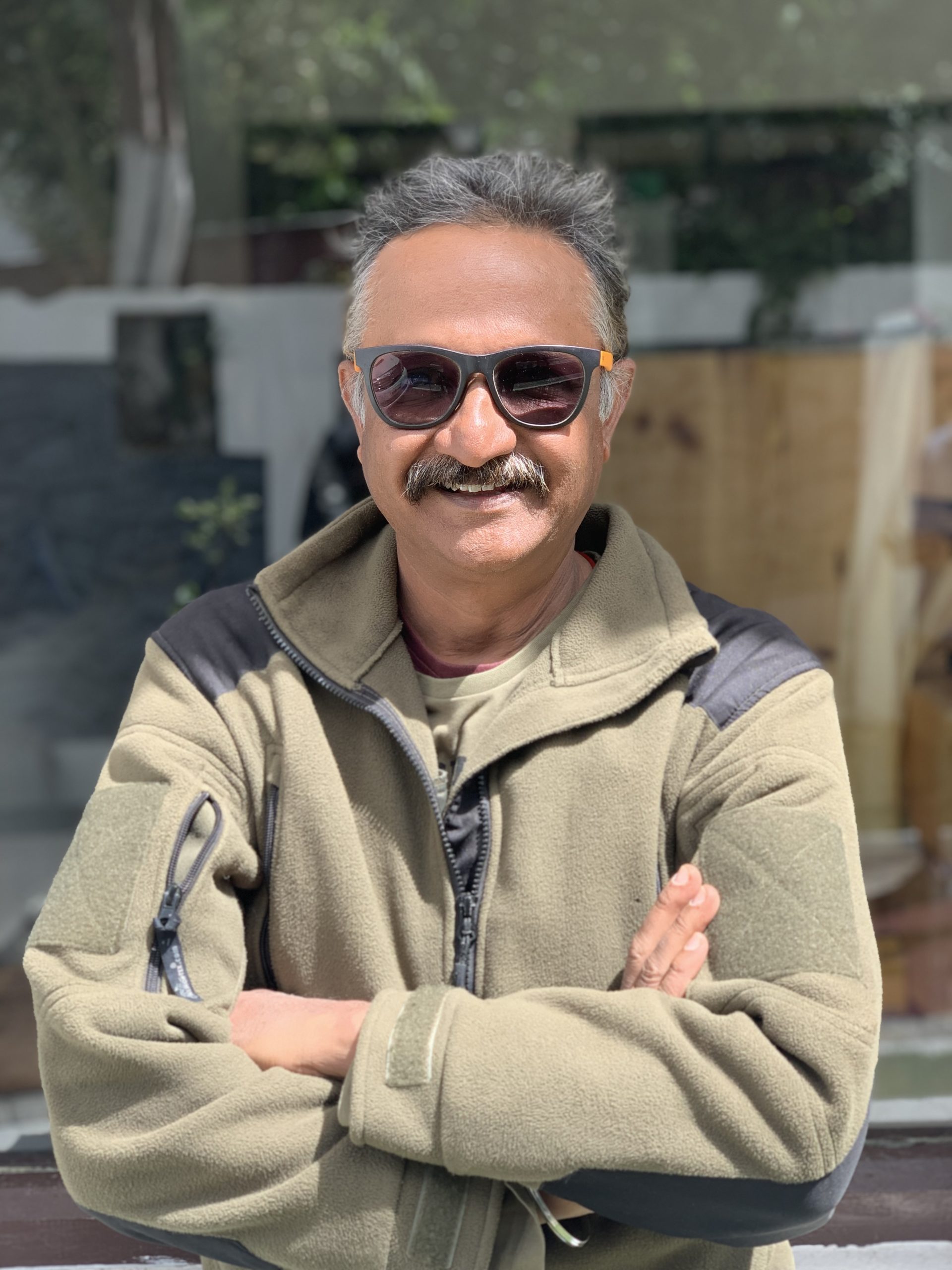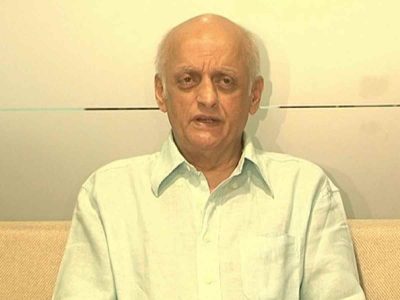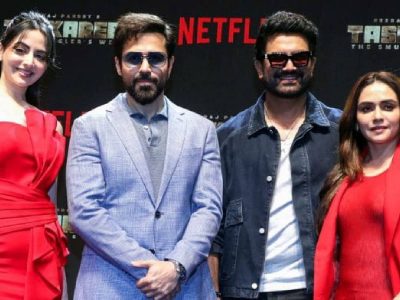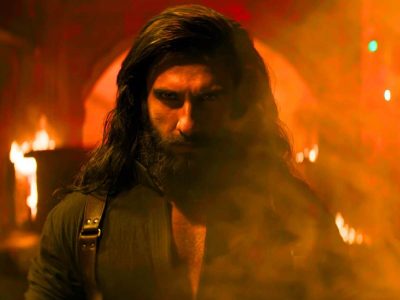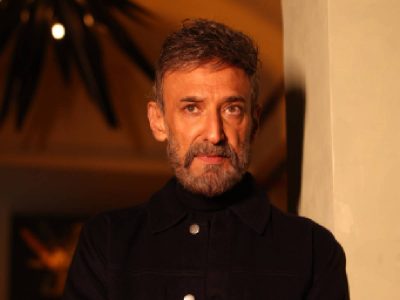Screenwriter Sandeep Shrivastava on his creative process of screenplay writing, his latest successful endeavour Shershaah and more
Sandeep Shrivastava is a veteran screenwriter noted for films like Ab Tak Chhappan, Kabul Express, New York, Shivaay, and Sachin: A Billion Dreams, among others. He made his OTT debut as a screenwriter with the Hotstar series Aarya. His most recent work as a screenwriter is Shershaah, the biopic on PVC Vikram Batra, directed by Vishnuvardhan and produced by Karan Johar’s Dharma Productions.
In this interview, Shrivastava talks about his writing process and the differences between writing a movie as opposed to a series, his association with Shershaah and the extensive research that went into developing its screenplay, among other things.
Excerpts:
What was the brief given to you for Shershaah? What kind of interactions did you have with the director? Also tell us about the research that went into it.
Biopics are about an individual’s journey. We had to tell Capt. Vikram Batra’s story, such that it comes across well. One thing we were very clear about was that the script must do justice to Vikram Batra (both the person as well as the Army Officer). I experimented with several narrative structures to begin with. I tried many approaches and kept sharing these with director Vishnuvardhan, creative producer Somen Mishra, and producers Karan Johar and Shabbir Boxwala. The one that really appealed to all of us is the one that the audiences are now watching.
Research on Shershaah once started, never really stopped. It was an ongoing process, draft after draft. Before I could begin writing I needed to have a grip on what Capt. Vikram Batra was like before he joined the army. His feats in the service are well recorded and well documented pieces of history but how did he actually manage to achieve those feats? What did Batra Saab mean to his JCOs in his Delta Company? How did Vikram’s superiors look at him? One needed to know all of it in its entirety. You see, Capt. Vikram Batra left us two months short of celebrating his 25th birthday—short life indeed but what an exceptional one. The events in his pre-army life were no less dramatic than the events in his life as an army officer. His stint in the army was rather brief, barely a year and a half in the service but he was supremely active in that short period. During his posting in Sopore he was part of many counter insurgency operations. He even led some of these operations. Then came the war and he just went on completing the tasks assigned to him, one after the other. The other important aspect of his conduct as an army officer which sprang out of research was his genuine concern for the well being of Kashmiri locals. He went out of his way to help them. We needed to weave this also in the narrative seamlessly.
Tell us about your writing process. As a screenwriter how challenging is it for you to tweak your screenplay to suit the persona of the actors playing the pivotal characters?
The process is actually the other way around. Especially when you have good actors playing the characters you have created. These fine actors use their craft and become the characters they are playing. You look at Siddharth Malhotra and you know that there’s so much hard work that has gone into his portrayal of Capt. Vikram Batra. You can see the transformation not just on the outside but also from the inside. In fact, it’s true of the entire cast of Shershaah. They all look remarkably real. And what should I tell you about Kiara? She is a class act, hitting the right note in each and every scene.
Coming back to answering your question, my job as a writer is to focus on the characters and build them in their originality. Getting into the psyche of each and every character you are creating is a bare minimum. Being true to the interiority of the character is another must. Then you hand them over to good actors and a good director and watch the magic. In Shershaah’s case all the characters are real life characters. Unfortunately meeting Capt. Vikram Batra wasn’t possible, but I had the good fortune to meet and interact with almost all the others, except of course the departed ones. Observing them from close quarters, understanding their personality traits, their mannerisms, absorbing their energies really helped me get a solid handle on how they would behave if they were to be placed in a scene.
In which language are the screenplays primarily written for Hindi films/series? While writing screenplays for Hindi films do you write it keeping the interval in mind or do you write the entire thing first and then break it into two parts?
Mostly it’s done in English; ironic as it may sound considering that we are in the business of making Hindi Movies but most scripts are written in English. When I say English, I mean using Roman script. So, you are reading Hindi dialogues but you are reading them in Roman. Most Studio Execs are comfortable reading that. There are surely exceptions here but honestly few and far between. Plus, there are a number of non-Hindi speaking technicians involved in the entire production process. They too prefer reading the written material in English. So, in a way… English has come to be the lingua franca of the film industry. Having said that, there are some actors who insist on reading their dialogues in Devnagari, though.
In my case when I move from screenplay stage to the dialogue draft stage, I pick up my Dafti (clip board), clamp a bunch of A4 size papers on it, pick up my pen and start writing in Devnagari. That’s how it works for me, personally.
Now, I have never really consciously thought of an interval while writing a script. The narrative flow dictates the best possible midpoint of the movie. Sometimes it throws more than one option at you and then you pick the best and put it there on your script knowing too well that it may change when we reach the editing stage.
How do you look at the association between the screenwriter and the director?
Well, I see movie making as a collaborative process. It’s teamwork. Everybody works hard to give his/her best. And everybody’s free to express his/her opinion. There is nothing wrong with that. Having spent a lot of time writing scripts and working closely with directors, producers, actors and editors I have realized that writing, directing, producing, acting and editing are not competitive forces. Instead, these are complimentary streams of creativity running simultaneously towards a common goal which is to create good work, to make a good film. That’s what matters in the end. When the team wins, everybody is a winner.
How has the writers’ role evolved over the years? Has the advent of OTT made it any easier for writers to express themselves?
The new breed of producers and directors has come to acknowledge the importance of writing. Perhaps, it wasn’t the case initially — but things are looking different now. Most producers and directors know very well that a movie is first made on paper, then on locations and sets and finally at the editing table. That’s the order of things. Getting it right at the writing stage is crucial to the entire process of filmmaking. It is those pages of a script which start all the other creative and commercial collaborations of movie making business. I have been lucky to have found producers and directors who have been extremely supportive throughout the process of writing.
As a veteran writer of successful films and series, how does writing for a series differ from writing for a movie? How do you look at the creative scope of the long-form narrative series as far as India is concerned?
Be it a movie or a series, writing either has its own set of challenges. Most films follow a three acts structure whereas a series allows you to experiment with four, sometimes five, acts. There is more room to explore B and C stories if you are writing a series unlike a film script where you are dictated by the constraint of the duration. Keeping these technicalities aside the key challenge for a writer is to keep the narrative engaging irrespective of the length of the format.
What are your upcoming projects?
I am looking at a few assignments. There are interesting offers. And, I have some of my own stuff which I have been developing. Let’s just see how things pan out. We will have to wait and watch.
(Cover: Sandeep Shrivastava)

